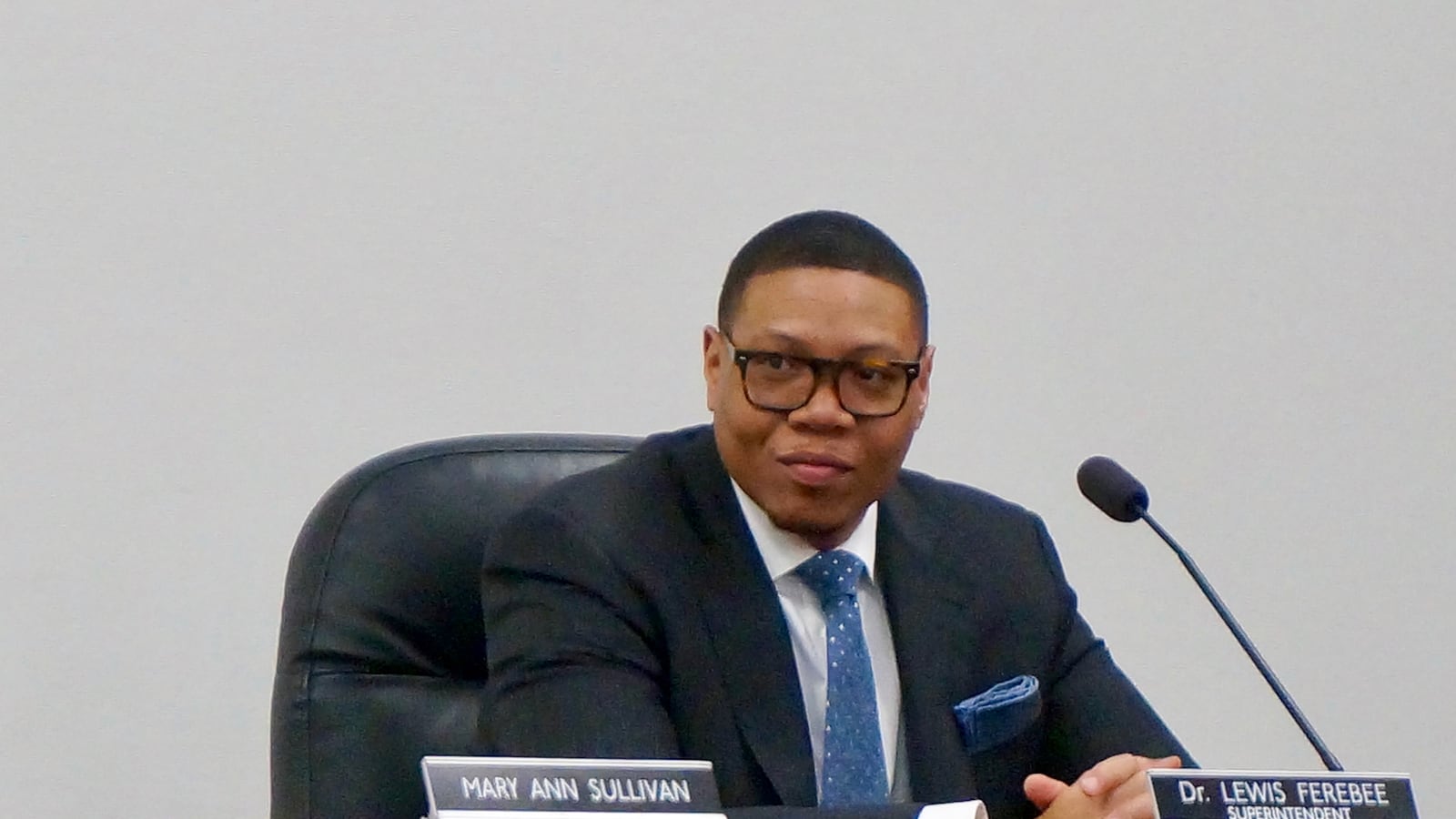Without a massive influx of cash from taxpayers, Indianapolis’ largest school district could be in dire financial straits. But the fate of the referendums asking voters for more money is in limbo.
Even as the Indianapolis Public Schools board revealed plans to reduce how much money it is seeking from voters, the administration portrayed the district’s financial future as precarious. During a board discussion Thursday, officials underscored how critical it would be for the tax increase to pass. It’s unclear, however, whether the district will get the extra cash it needs to avoid making painful cuts.
Critics have suggested the request — $936 million over eight years — is too high and that the district has not offered enough detail on how the money raised would be spent. With only tepid support for the tax plan, district leaders appear poised to reduce the amount they are seeking. That move could win over new allies, but it could also undercut their efforts to gain support.
Next year, the administration is expecting spending could outpace income by more than $45 million. The plan for filling that gap hinges on raising more than $46 million from a referendum that will go before voters in May.
Without that extra money, Superintendent Lewis Ferebee said, the district would have to burn through its savings or make vast cuts that could include freezing teacher pay, cutting school budgets, and reducing transportation.
The district would need to begin making cuts immediately, said board member Kelly Bentley. “It’s just going to get worse the next year, and the next year,” she added.
The district’s future will look brighter if leaders are able to win public support for more funding, although it’s no longer clear how much money they will ask for. The original plan, which was approved by the board in December, includes two referendums to raise property taxes. One would ask voters to give the district as much as $92 million more per year for eight years for operating expenses such as teacher pay. Another measure, which the district is not expected to change, would pay for $200 million in improvements to buildings.
Ferebee said the amount he originally proposed was based on what the district needs rather than what would be politically feasible. In the face of community feedback, however, the district is crafting a plan that would have a lower price tag. Next, the district will need to explain what services will be cut to keep down costs, he said.
“I anticipate people will want to know, ‘what are the tradeoffs?’ ” Ferebee said. “We owe it to the community to provide that explanation, and we will.”
Indiana districts have pursued more than 160 property tax referendums since 2008, when state lawmakers created the current school funding system. About 60 percent of those referendums have been successful, according to data from Indiana University’s Center for Evaluation and Education Policy.
Stephen Hiller, who has been studying referendums with the center for nearly a decade, said that it’s likely that many districts have had to reconcile how much money they would ideally want with how much taxpayers might be willing to pay. But that conversation likely happens before a referendum is announced and approved by the board.
“I think IPS has it a little more difficult here that it’s happening in the open after they’ve approved it in a very public way,” he added.
School board president Michael O’Connor said that the district’s willingness to change the plan is a sign that local government works.
“We live in the community within which we serve, and all of us have heard pretty plainly and clearly, ‘we think that number might be too big,’ ” he said. “We are being responsive to our constituents.”
Reducing the referendum could be enough to win over many supporters. Several groups that have supported the current administration in the past have not yet taken a stand.
Tony Mason of the Indianapolis Urban League said in a statement that the district needs more money to pay high-quality teachers and meet the needs of its diverse students. But he raised concerns about the potential impact of the tax increase on residents with fixed- or low-incomes.
“IPS will still need to continue in its efforts to make the case for the substantial amount it is requesting,” Mason said. “The IUL is an avid supporter of education, particularly for urban schools that struggle with unique challenges.”
Chelsea Koehring, who taught in the district and now has two children at the Butler Lab School, shares the view that the district needs more money. But leaders have not offered enough details about how the money would be spent, she said, and changing the request raises red flags.
“People, you should’ve had this together before you asked,” she said. “Lowering it at this point — I don’t know that that’s going to instill confidence in anyone that they have any clue what they are doing.”
Correction: February 17, 2018: This story has been corrected to reflect that Indiana districts have pursued more than 160 property tax referendums since 2008. Some districts have held multiple referendums.

